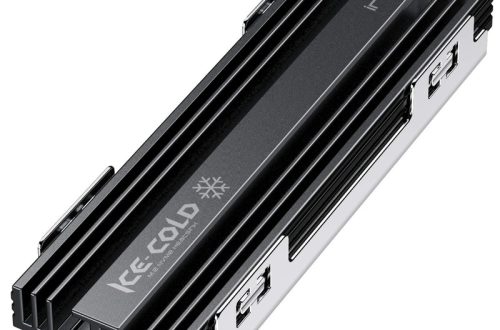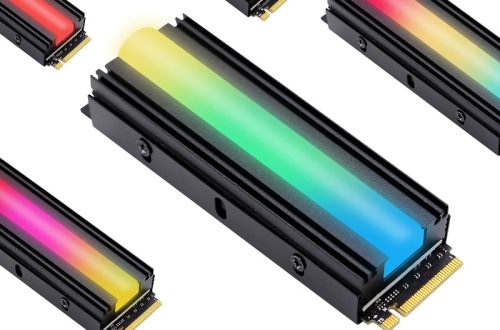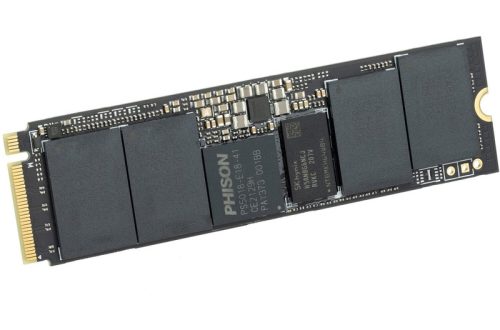Part 1: Understanding Bluetooth Disconnection Issues
1. Common Causes of Bluetooth Disconnection:
Bluetooth disconnection problems can stem from a multitude of factors. Wireless interference from other devices operating on the same frequency, such as Wi-Fi routers, microwave ovens, and cordless phones, can hinder the Bluetooth signal, leading to disruptions in connectivity. Furthermore, physical obstructions, such as walls or solid objects, can impede the transmission of the Bluetooth signal, contributing to intermittent disconnections.
In addition to external factors, internal issues involving outdated Bluetooth drivers, software bugs, and incompatible hardware can also lead to disconnection problems. Outdated or incompatible Bluetooth drivers and firmware may result in connectivity issues, while software bugs within the Bluetooth stack can cause intermittent disconnections. Moreover, compatibility issues between the Bluetooth hardware of different devices can exacerbate disconnection problems, further complicating the stability of the wireless connection. Addressing these multifaceted issues is crucial for achieving consistent and reliable Bluetooth connectivity.

2. Impact on User Experience:
Persistent Bluetooth disconnections can have a profound impact on the user experience, particularly when using wireless headphones, speakers, or other Bluetooth-enabled devices. These issues can result in continual interruptions during audio playback and lead to the loss of connectivity during phone calls and conferences, causing frustration and disruption for users. The inconvenience and annoyance stemming from such interruptions can have a negative effect on productivity, entertainment, and communication.
Furthermore, these frequent disconnections can erode trust in Bluetooth technology and may prompt users to abandon wireless devices altogether. As a result, users may opt for wired connections, abandoning the convenience and freedom that Bluetooth technology offers. This not only detracts from the user experience but also defeats the purpose of utilizing wireless technology for its inherent mobility and flexibility.
The impact of frequent Bluetooth disconnections extends beyond mere inconvenience, significantly undermining the benefits of wireless connectivity in everyday activities. Addressing and resolving these disconnection issues is crucial to restoring the reliability and convenience of using Bluetooth-enabled devices, ultimately enhancing the overall user experience.
Part 2: Troubleshooting Bluetooth Disconnection Issues
1. Update Bluetooth Drivers and Firmware:
Keeping Bluetooth drivers and firmware updated is essential for addressing and resolving disconnection issues. It is crucial to regularly check the manufacturer’s website for the latest driver and firmware updates for both the Bluetooth device and the host device, such as a computer or smartphone. These updates often include essential fixes and enhancements that can mitigate known compatibility issues and address software bugs, which may be causing disruptions in the Bluetooth connection.
By updating to the latest drivers and firmware, users can ensure that their Bluetooth devices are equipped with the most current software and optimizations. These updates often provide improved stability, enhanced compatibility with other devices, and refined functionality, ultimately contributing to a smoother and more reliable Bluetooth experience. Staying proactive in updating drivers and firmware is a fundamental step in troubleshooting and resolving Bluetooth disconnection issues, as it helps to rectify underlying software-related issues that may affect the overall performance of the Bluetooth connection.

2. Manage Wireless Interference:
To minimize wireless interference and optimize Bluetooth connectivity, strategic positioning of the Bluetooth device and the host device is paramount. Ensuring a clear line of sight and reducing physical obstructions between the two devices can significantly enhance signal stability. By repositioning the devices, users can minimize the impact of potential obstacles such as walls, furniture, or other electronic devices, which can obstruct and weaken the Bluetooth signal.
Furthermore, adjusting the Wi-Fi channel on the router can help reduce interference with Bluetooth signals, as both operate on the 2.4 GHz frequency band. By choosing a Wi-Fi channel that does not overlap with the Bluetooth frequency, users can mitigate potential signal disruptions. Additionally, turning off other wireless devices operating on the same frequency, such as cordless phones or microwave ovens, can further reduce interference and enhance Bluetooth connectivity. These steps collectively contribute to optimizing the wireless environment, minimizing interference, and improving the overall performance of Bluetooth devices.
Part 3: Optimizing Bluetooth Connectivity
1. Keep Devices Within Range:
Bluetooth technology operates within a limited range, typically around 30 feet, depending on the class of the Bluetooth device. When the distance between the host device and the Bluetooth device exceeds this range, the signal strength diminishes, often leading to signal degradation and disconnections. Therefore, it’s crucial to maintain the host device within the recommended operating range of the Bluetooth device to ensure stable connectivity.
Excessive distance between the devices can result in intermittent connectivity issues, causing disruptions in the connection. To mitigate this, users should strive to keep the devices in close proximity to each other. By doing so, the signal strength remains robust, and the risk of disconnections due to distance-related issues is minimized, promoting optimal performance and reliable Bluetooth connectivity between the devices. Ultimately, understanding and adhering to the range limitations of Bluetooth devices is vital for maintaining consistent and stable wireless connections.
2. Check for Software Updates:
Regularly updating the operating system on the host device is essential for addressing various software-related Bluetooth issues. Operating system updates frequently encompass bug fixes and enhancements to Bluetooth functionality, which can effectively tackle and resolve disconnection problems. These updates not only rectify known issues but also introduce optimizations and improvements to the overall Bluetooth performance, enhancing the reliability and stability of the wireless connection.
Additionally, updating the firmware on Bluetooth-enabled devices, such as headphones or speakers, is crucial for ensuring their compatibility and performance. Firmware updates often include enhancements to the device’s internal software, addressing potential connectivity issues and improving overall functionality. By keeping the firmware up-to-date, users can leverage the latest features and improvements while mitigating compatibility issues that might contribute to Bluetooth disconnections. Ultimately, staying current with both the host device’s operating system and the firmware of Bluetooth-enabled devices is vital for maintaining an efficient and seamless wireless experience.

Part 4: Additional Considerations and Precautions
1. Reset Bluetooth Settings:
In cases of persistent disconnection issues, performing a reset of the Bluetooth settings on both the host device and the Bluetooth device can be beneficial. This process eliminates potential software glitches or misconfigurations that may hinder connectivity, offering a fresh start. After the reset, re-pairing the devices allows for establishing a clean connection, and monitoring if the disconnections have been successfully resolved. This proactive approach can help to troubleshoot and mitigate persistent Bluetooth disconnection issues, ultimately enhancing the reliability and stability of the wireless connection between the devices.
2. Consider Hardware Limitations:
When dealing with persistent Bluetooth disconnection issues, it’s crucial to acknowledge that certain Bluetooth devices may possess inherent limitations that can affect their connectivity. For example, lower-quality or older Bluetooth devices often exhibit weaker signal strength and heightened susceptibility to wireless interference, resulting in more frequent disconnects. In such instances, users may face ongoing issues despite implementing various troubleshooting measures.
To address these limitations and improve the overall Bluetooth experience, investing in higher-quality, more robust Bluetooth devices may be necessary. Upgrading to advanced Bluetooth devices can offer several benefits, including stronger signal transmission, improved interference resistance, and enhanced overall performance. By choosing more reliable and resilient Bluetooth devices, users can significantly reduce the occurrence of disconnections and expect a more stable and consistent wireless connection.
Recognizing and addressing the inherent limitations of certain Bluetooth devices is a crucial consideration in troubleshooting connectivity issues. Upgrading to higher-quality Bluetooth devices can ultimately lead to a more dependable and seamless wireless experience, ensuring greater user satisfaction and improved performance.
In conclusion, troubleshooting persistent Bluetooth disconnection issues requires a combination of understanding the underlying causes, proactive troubleshooting, optimizing device settings, and considering hardware limitations. By implementing these strategies, users can work towards achieving more reliable and stable Bluetooth connectivity for an improved wireless experience.





